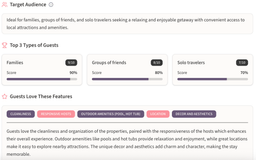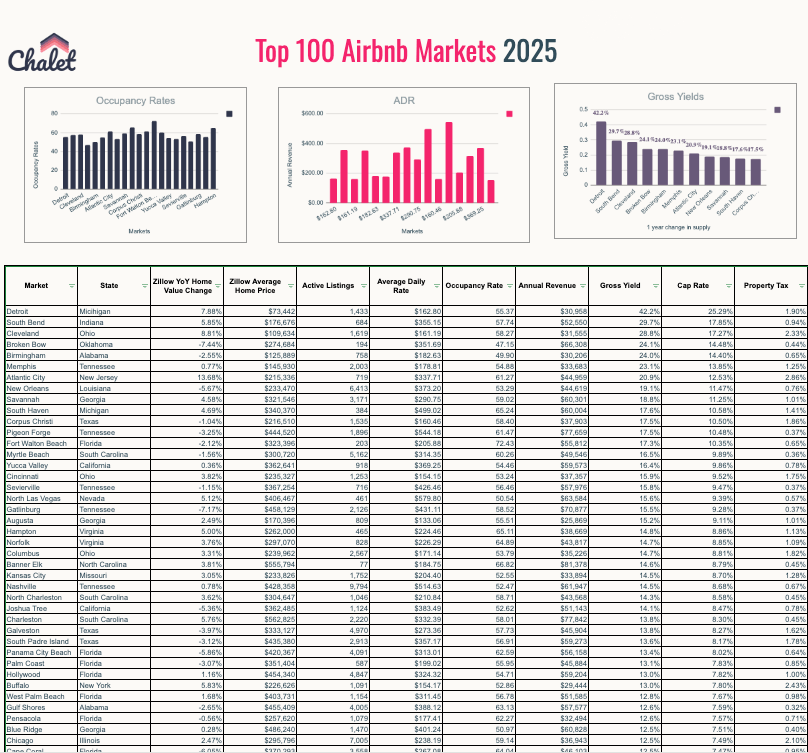The real estate and Short-Term Rental (STR) markets are experiencing a series of fluctuations, with investor home purchases and new home sales witnessing a decline.
However, amidst these shifts, July 2023 marked a record-breaking month for the STR market, with 35.4 million nights stayed in the U.S., showcasing the market’s resilience and potential for growth.

1. Investor Retreat and Market Dynamics:
Investor home purchases have seen a 45% decrease YoY in Q2 2023, with investor market share falling to 16% from a peak of 20% in early 2022. This retreat is most significant in booming Sun Belt metros like Phoenix and Las Vegas. Despite this, some metros like Miami, San Francisco, and San Jose are showing promising trends, with Miami having the highest investor market share at 30%.
A Closer Look at Metro Dynamics:
In cities like Phoenix and Las Vegas, the decline in investor activity is particularly pronounced, signaling a shift from the boom experienced during the pandemic.
However, contrasting trends are emerging in cities like Miami, where investor market share remains robust. Understanding these metro-level dynamics is crucial for investors seeking to identify opportunities and adapt strategies.
2. Mortgage Rates Impact and Home Sales:
Rising mortgage rates, reaching above 7%, have impacted the housing market, pushing many potential buyers out of the market and contributing to a decline in new home prices. The lack of inventory has particularly impacted existing home sales, which slid 0.7% in August from the previous month to an annual rate of 4.04 million units, a 15.3% decrease compared with August 2022.
The Ripple Effect of Mortgage Rates:
The surge in mortgage rates has created a ripple effect across the market. Sellers who secured low mortgage rates before the pandemic are now reluctant to sell, contributing to inventory shortages. This scenario underscores the interconnectedness of market factors and the importance of staying informed about broader market trends.







